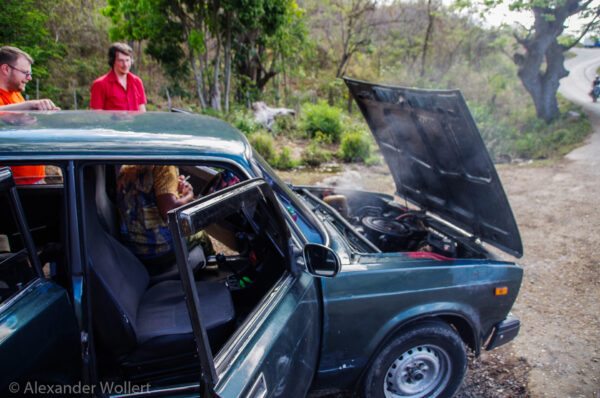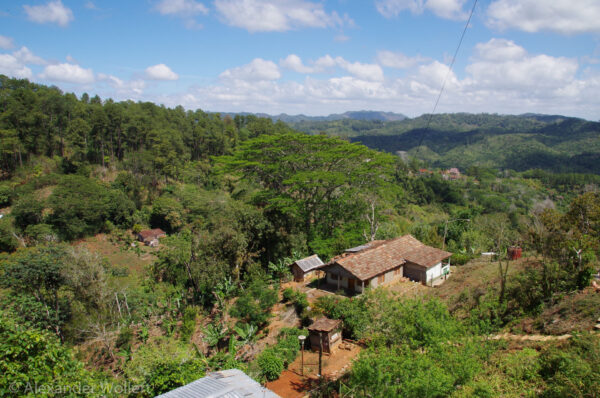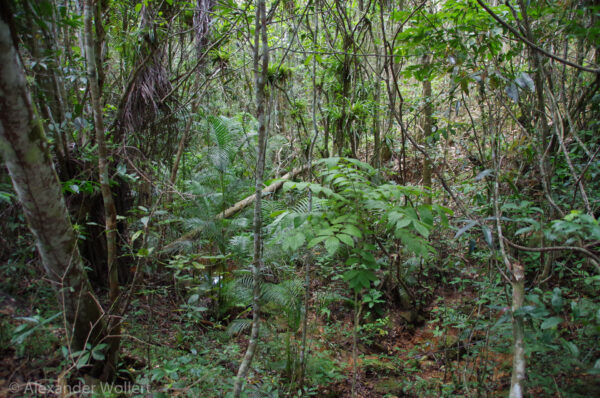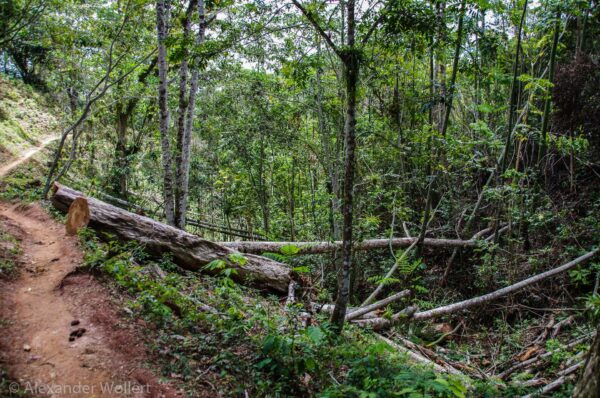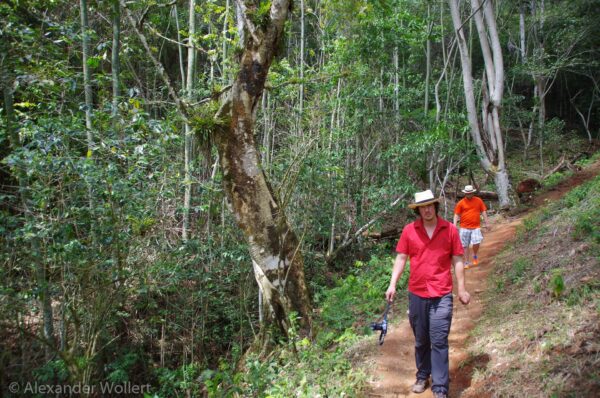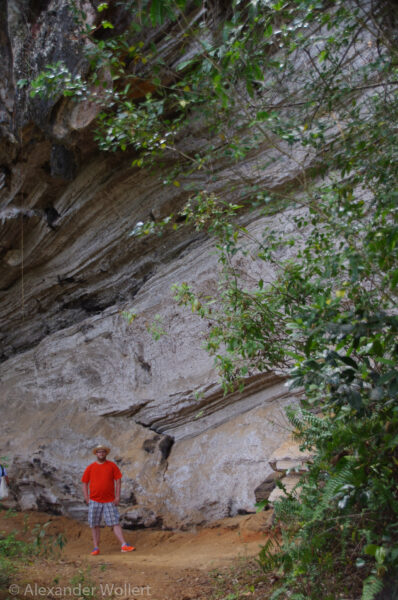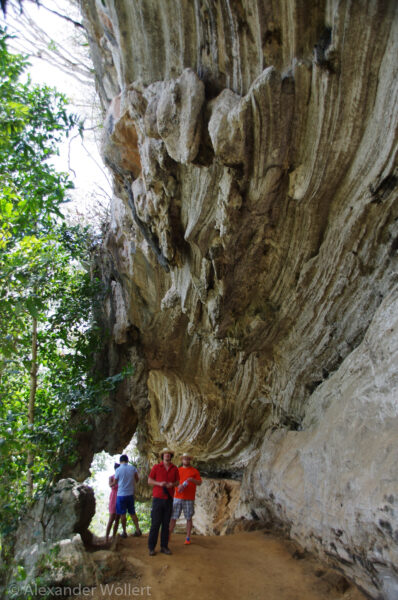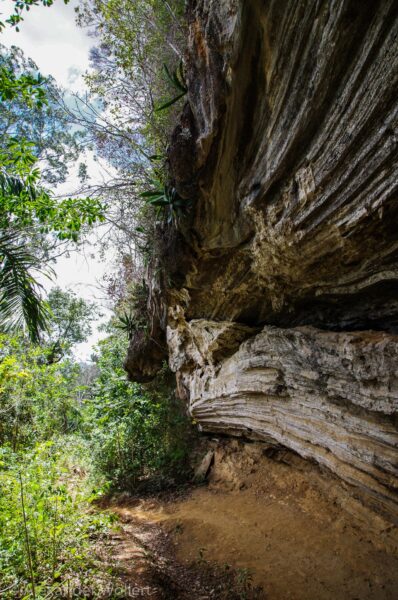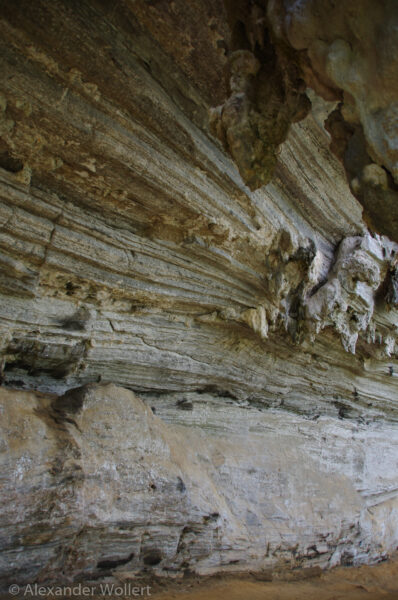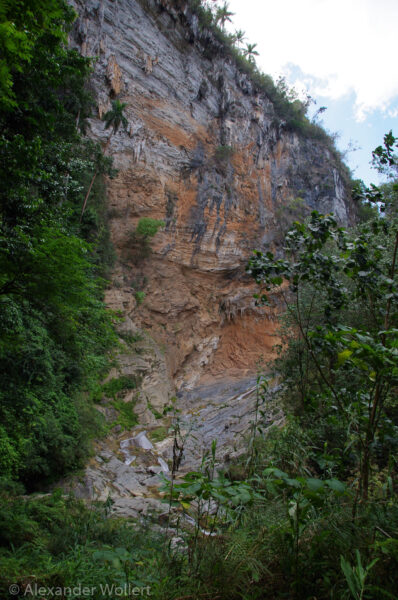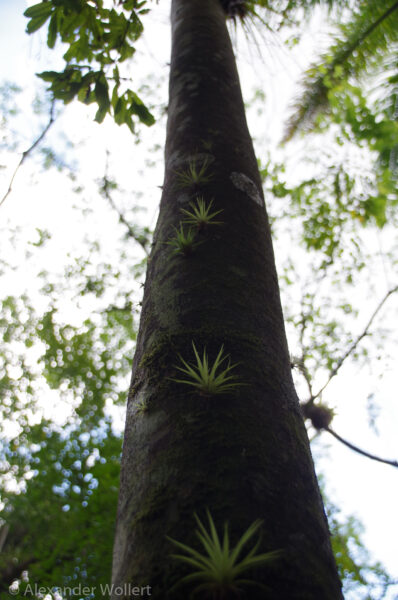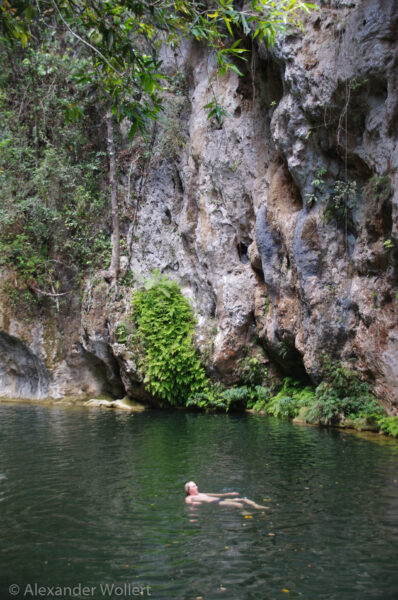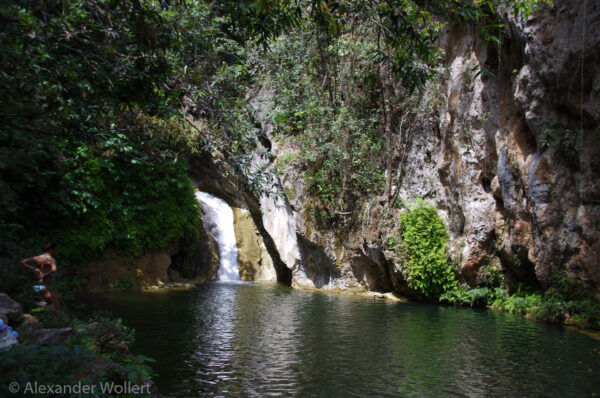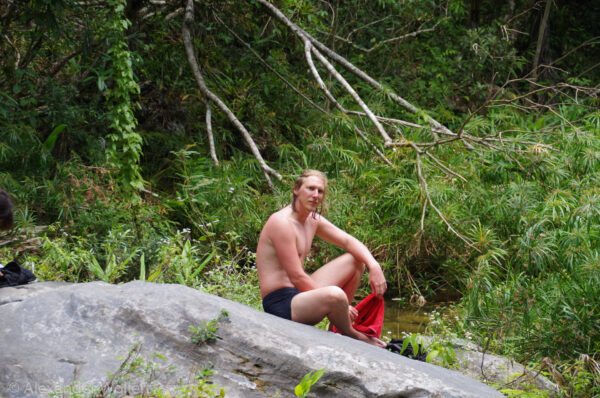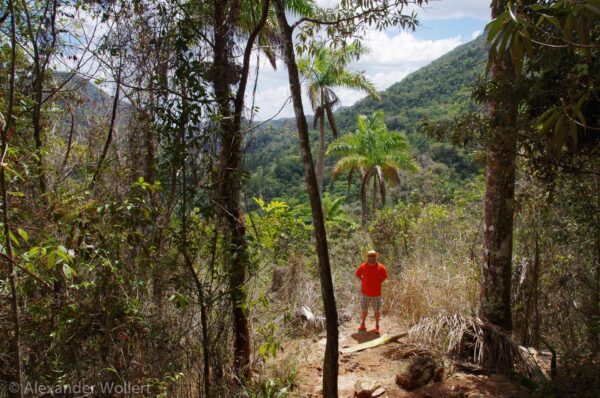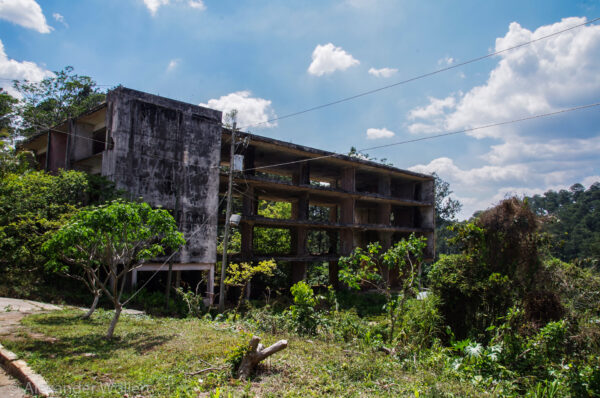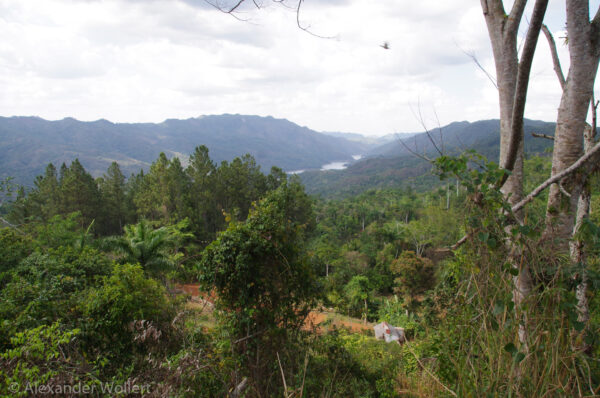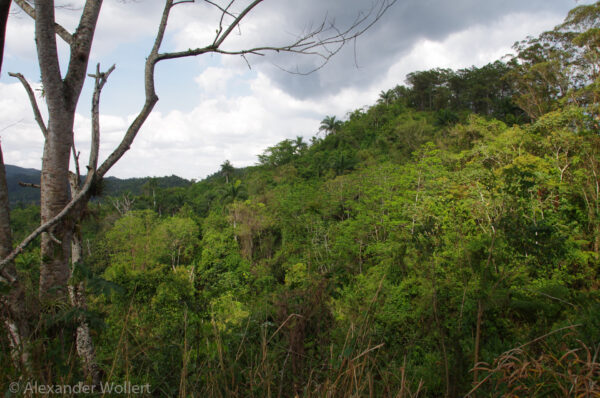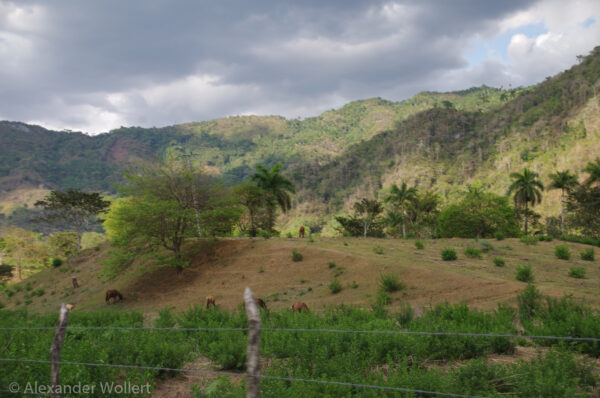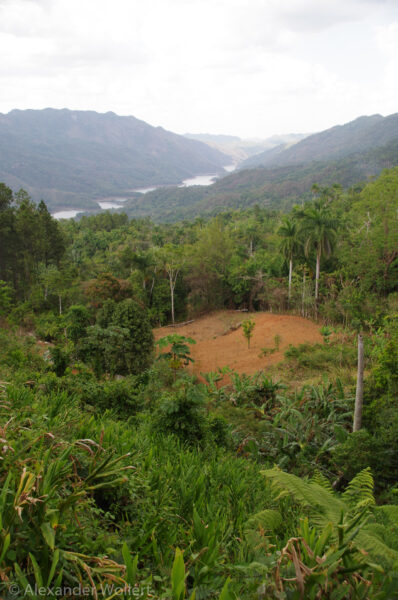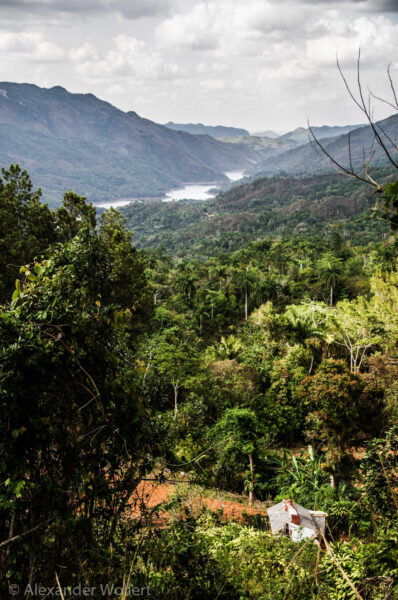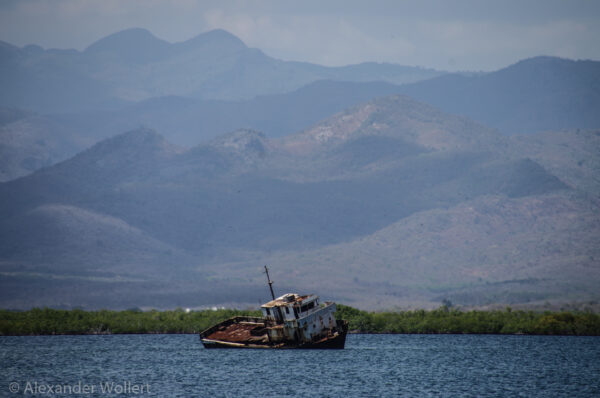
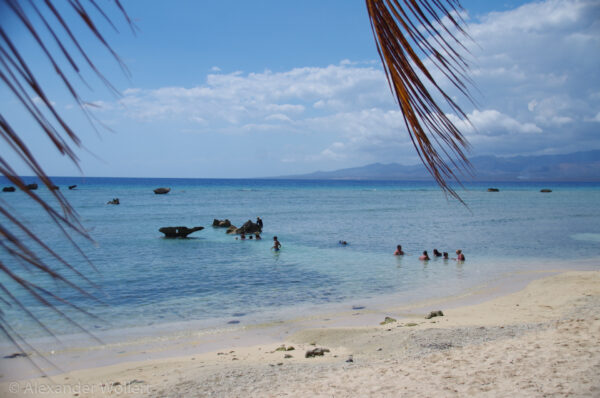
Diary Entry
When we were driven to the center of Havana by a taxi driver on the night of our arrival in Cuba, we got to know a first opinion about this Caribbean country. People love the nostalgia and romance behind their revolution, but there is no trace of hostility to America and people long for consumption. There is no internet and hardly any goods imports from abroad. The dream of self-fulfillment hangs in the mind of most of the people we meet. Our taxi driver was very upset about the controls and surveillance by the state. Obviously, the state does not trust its residents completely and wants to make sure that everyone adheres to the established rules.
We meet a lot of people on the way, drank a lot of mojito with people we only get to know on the street and exchange stories. We often hear that the police are strict and often deter Cubans from places in the city where there are tourists. One habanero told me that he had to spend two years in prison simply because he was trying to get to the popular tourist destination of Varadero.

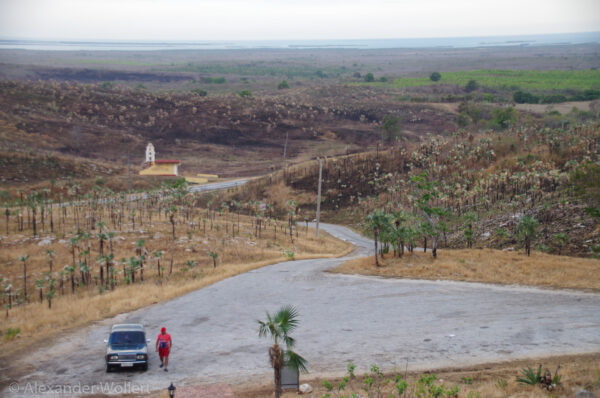
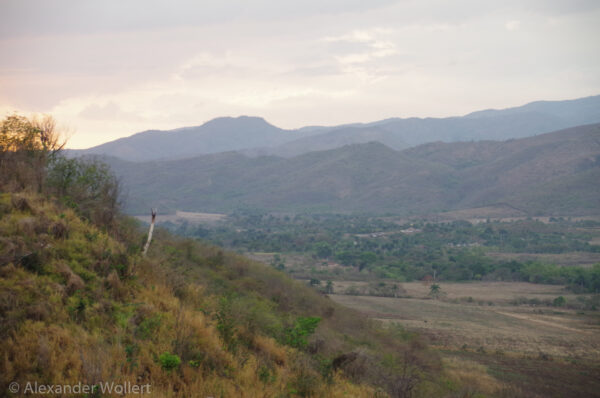
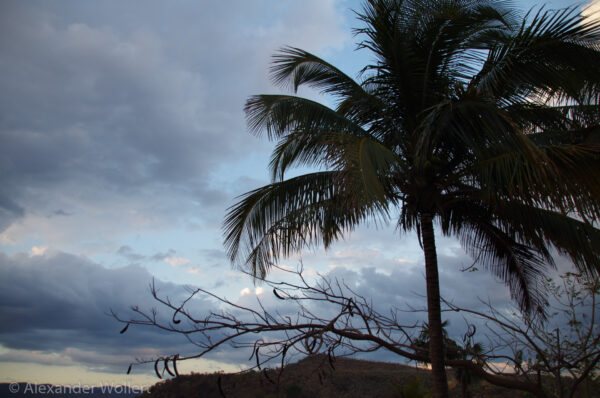
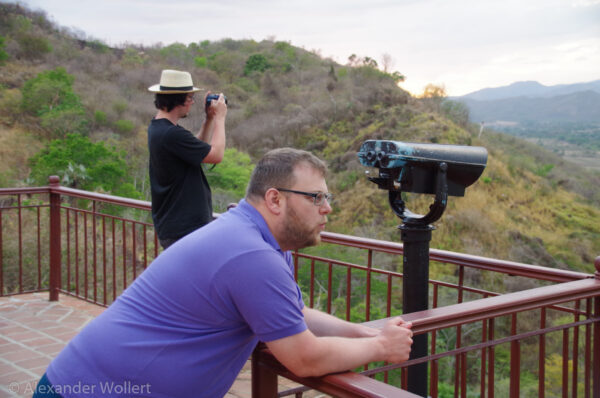
César’s nervousness grows as soon as we get near a police checkpoint. There he is stopped and has to talk a lot, because unlicensed taxi driving is strictly forbidden. So he had to come up with a story. To support him, he actually owns a casa particular, whose guests we are officially. But it gets tight with the explanation of what he does with us at the other end of the island, where his guest house is in Havana …
The “Hora Cubana” is everyday life, but César is pretty punctual for a Cuban. Nevertheless, as in our experience with all Cubans, César has no talent at all when it comes to estimating time and distance. He can’t do anything with maps either. To find a place of our desires, he cannot rely on signs, because there are none. Instead, people are asked for directions every 200 meters and people who are far away from the car are whistled.
We say goodbye to Juana-Maria, whom we should see again for her invitation in Havana. The next bigger destination is the city of Santa Clara, but we will make one more stop until there. We stop at the vantage point of a mountain and look at the surroundings.
At a place near the coast we find a small national park again and explore the mangroves. A guide explains which crabs live here and shows us many species. The red and zombie crabs are particularly common here. The last ones in particular are our favorites.
We see many other species of animals, despite the seasonal dry season, including many birds, iguanas and snakes.
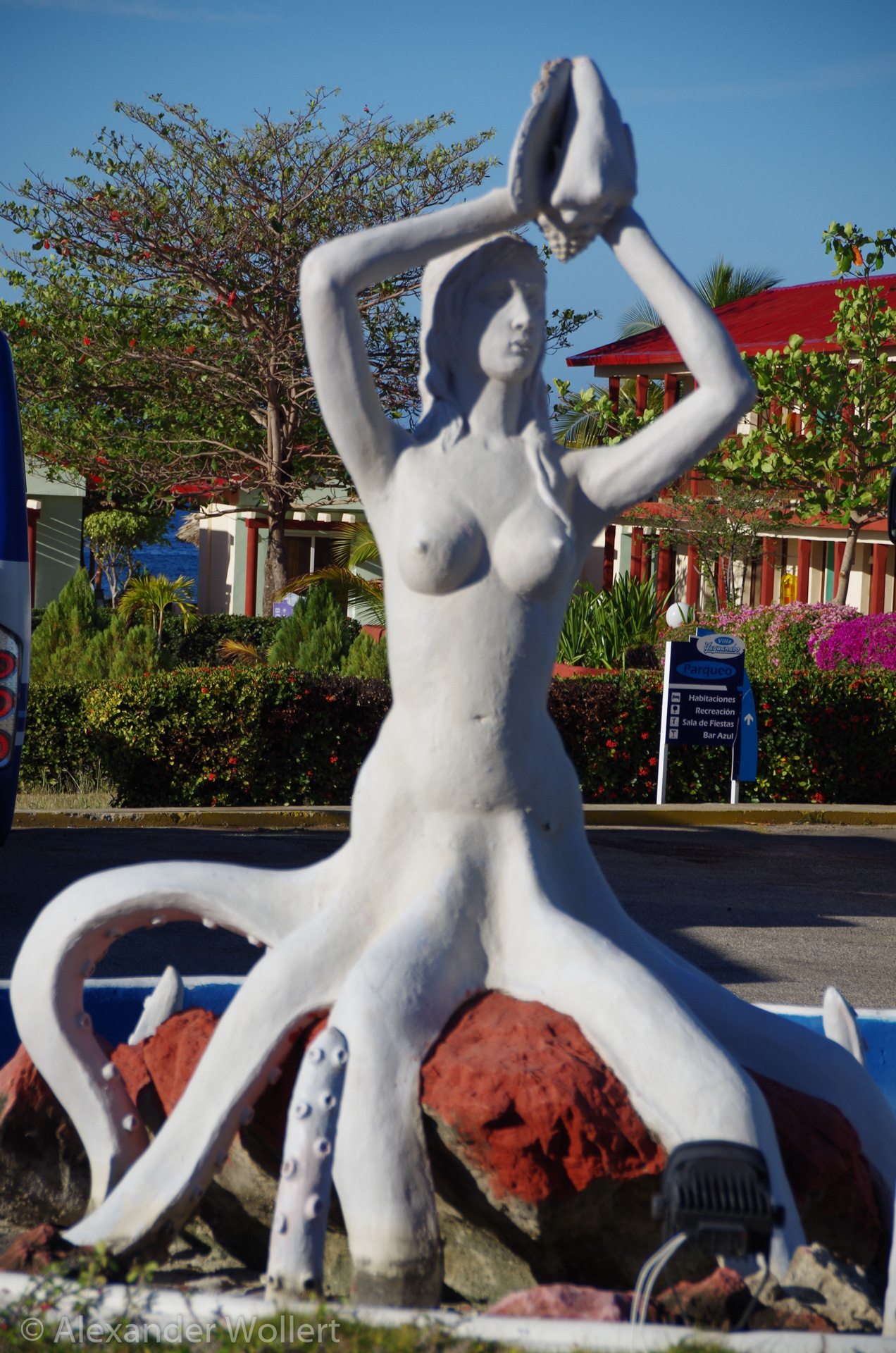
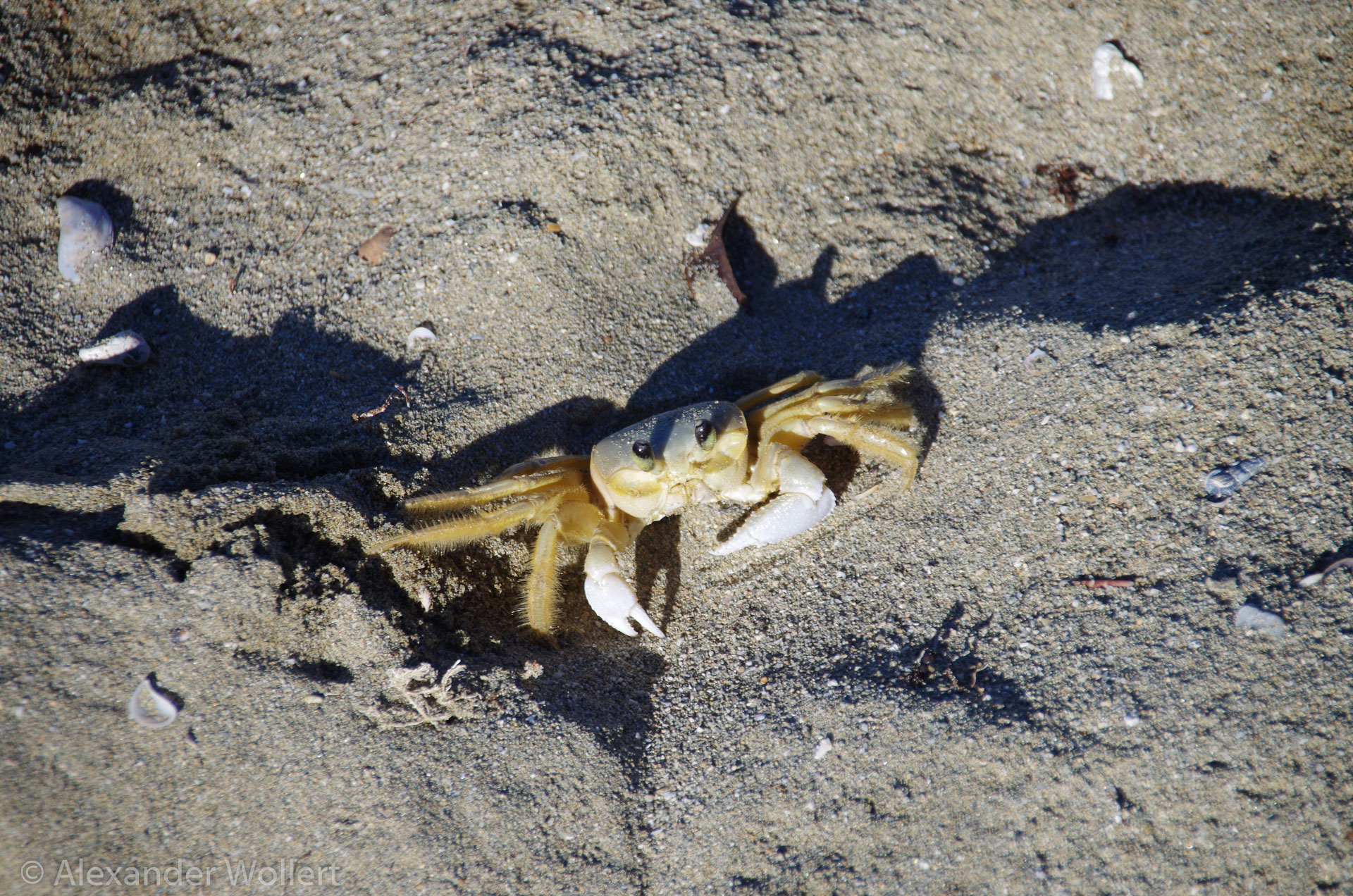
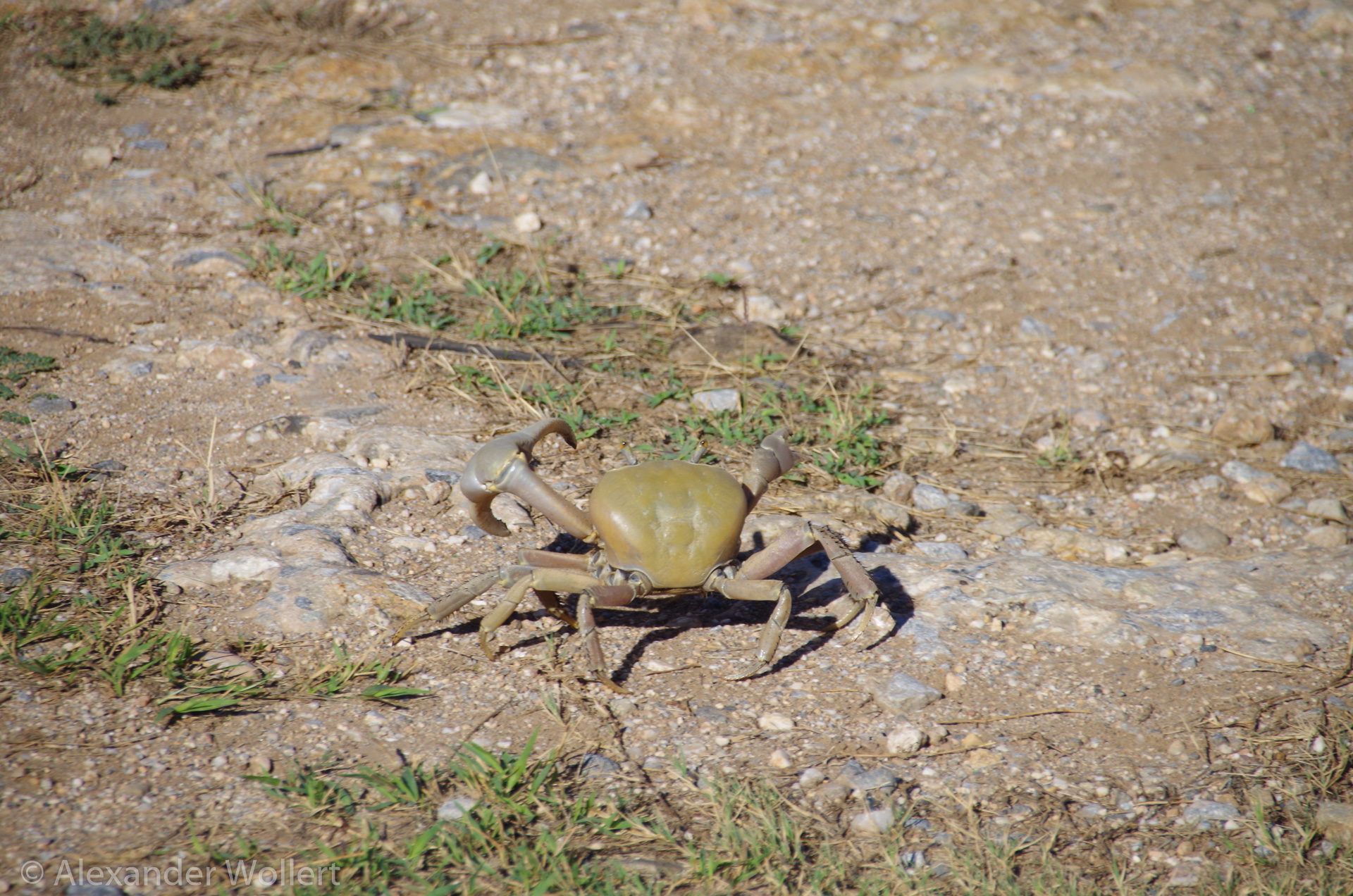
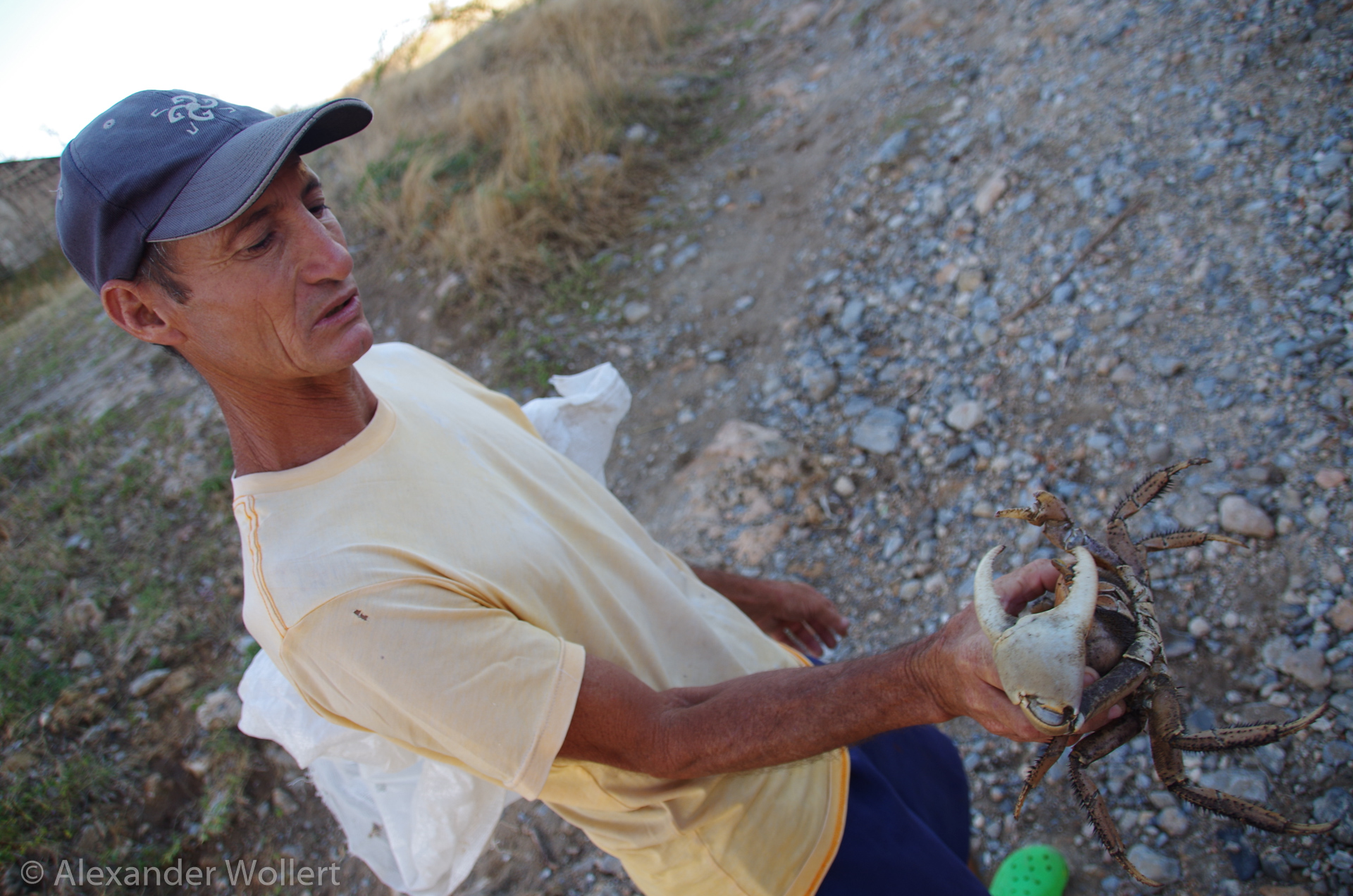
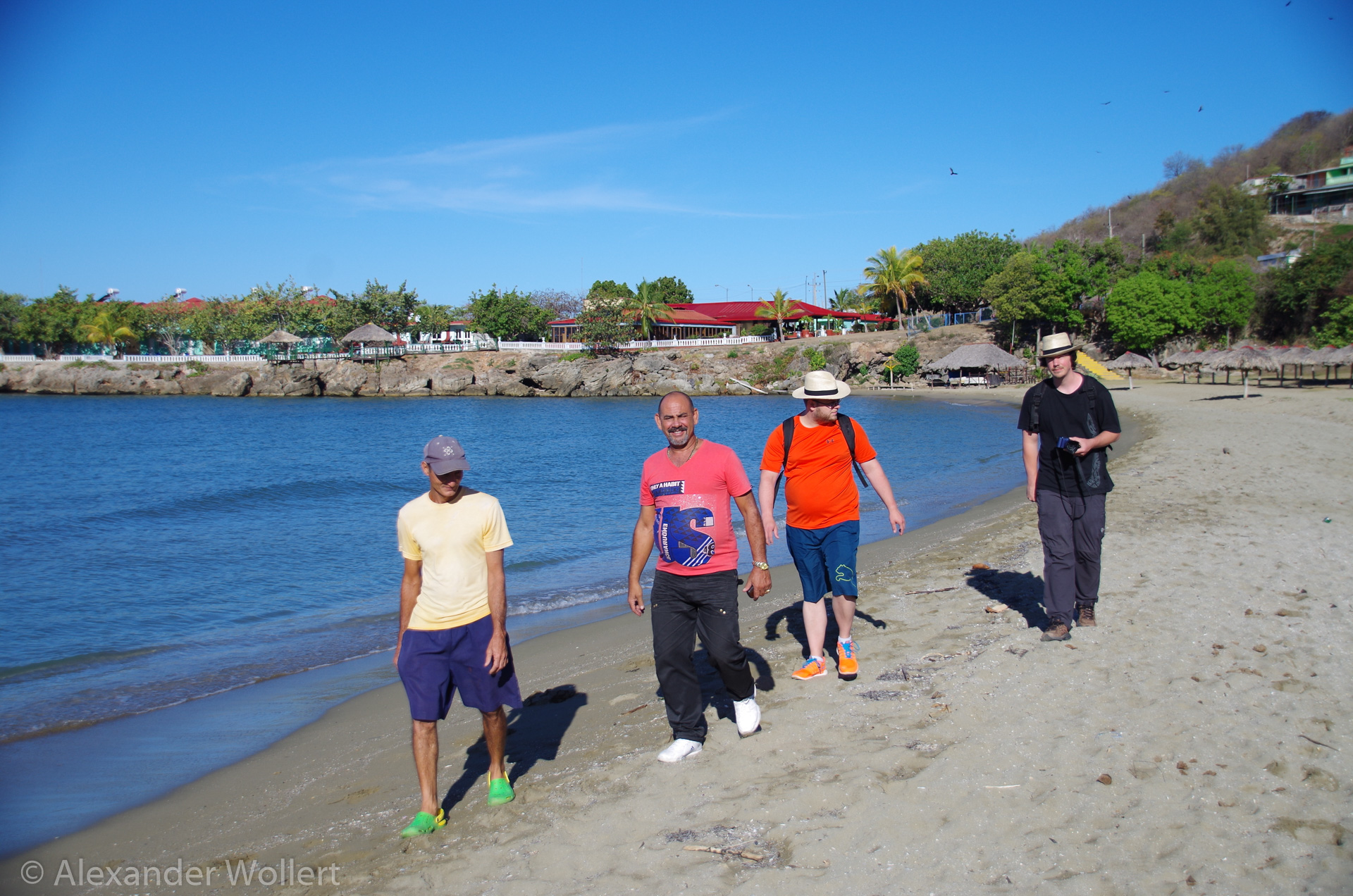
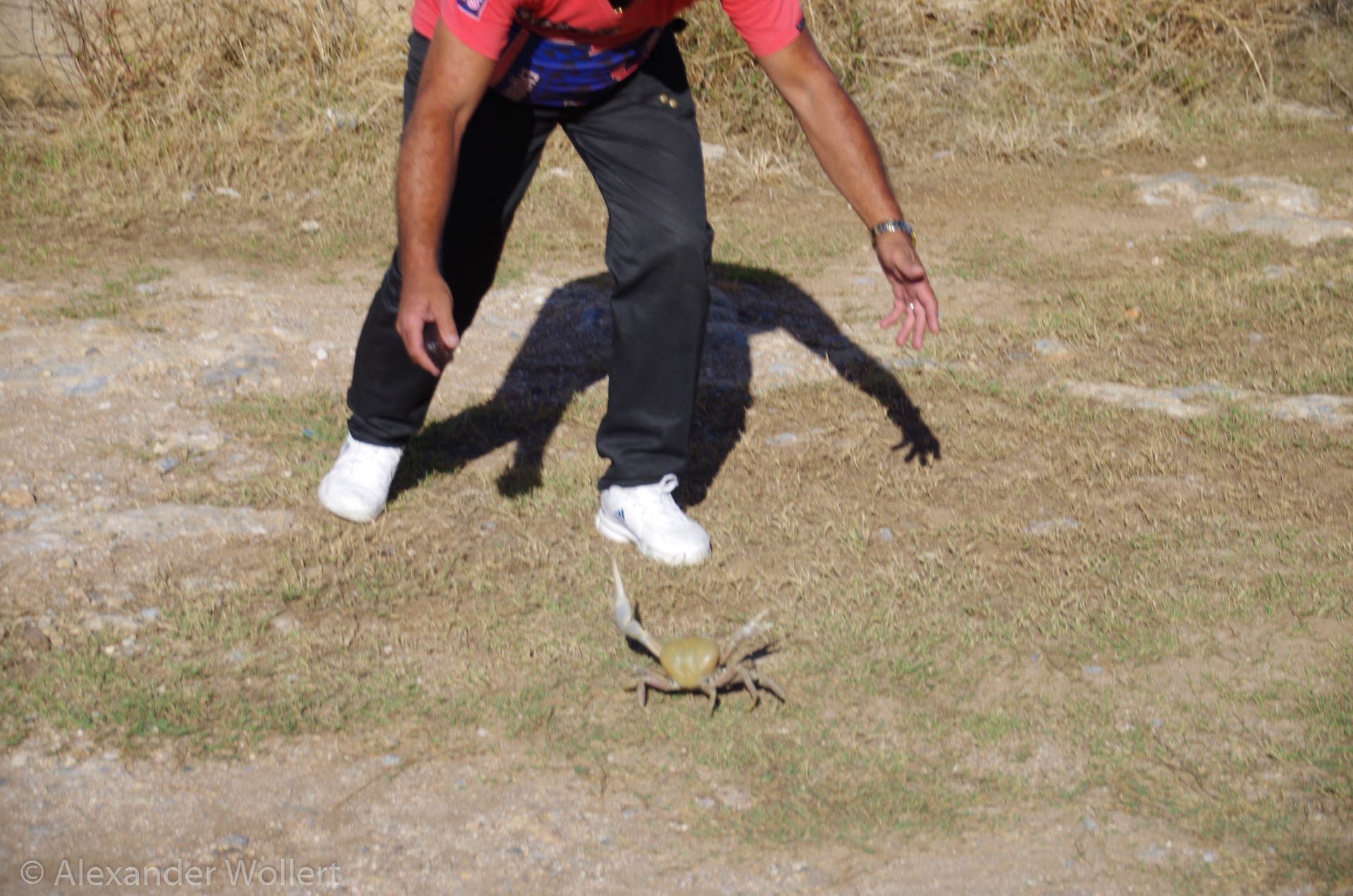



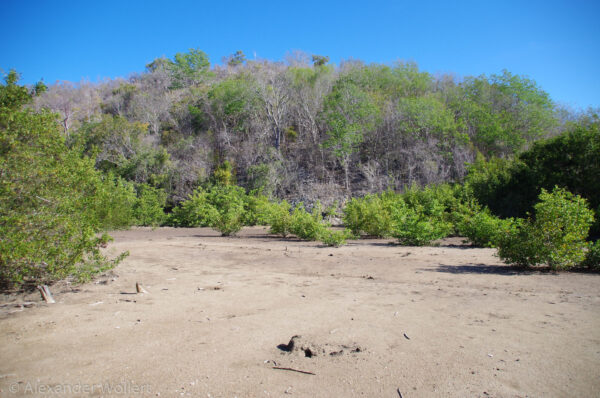
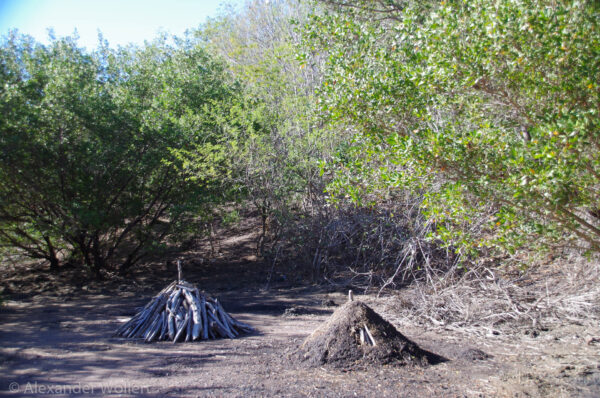
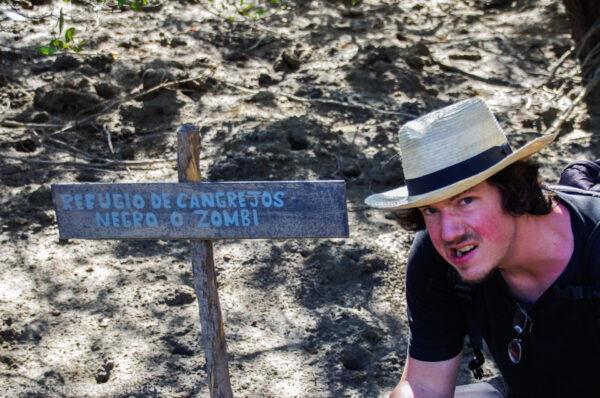
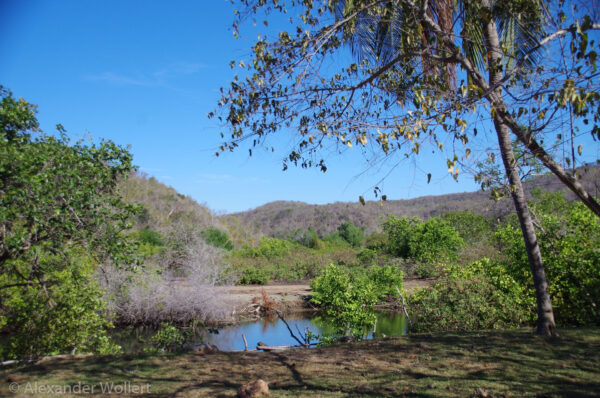
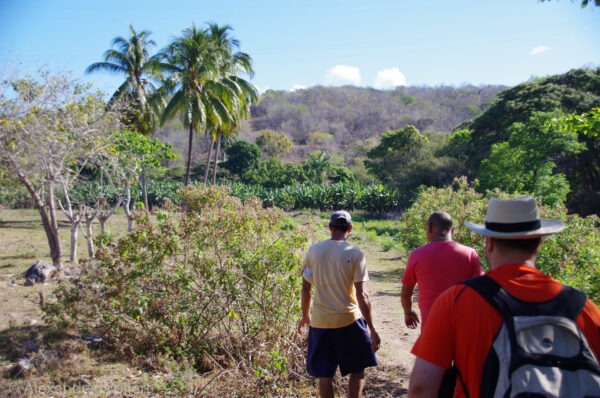
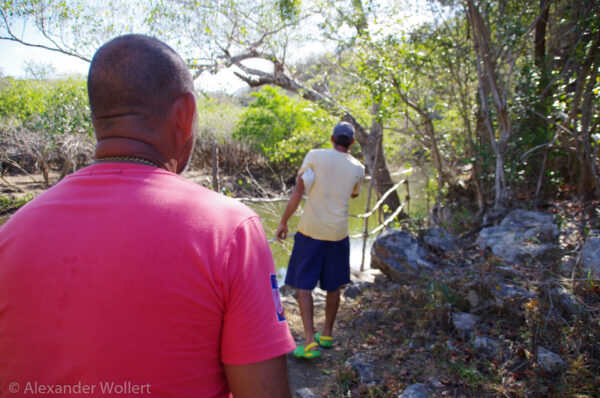
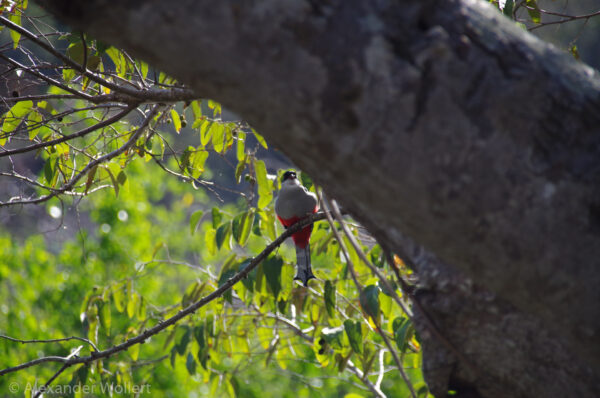

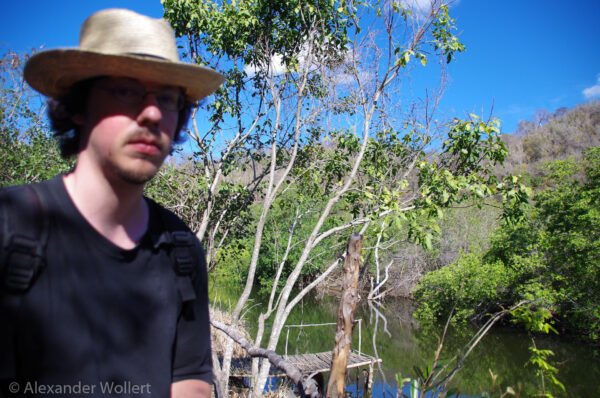

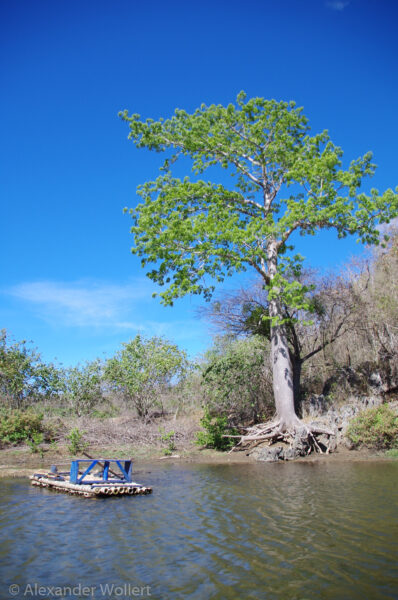
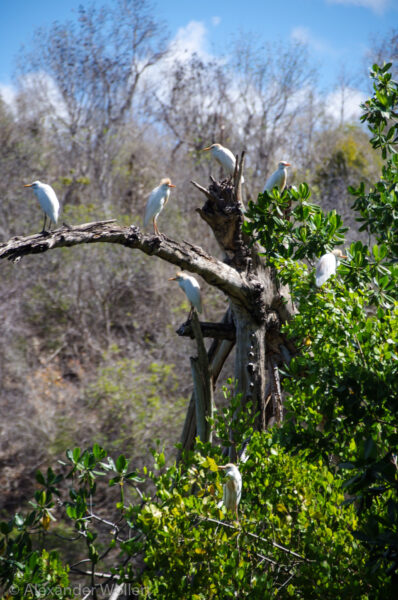
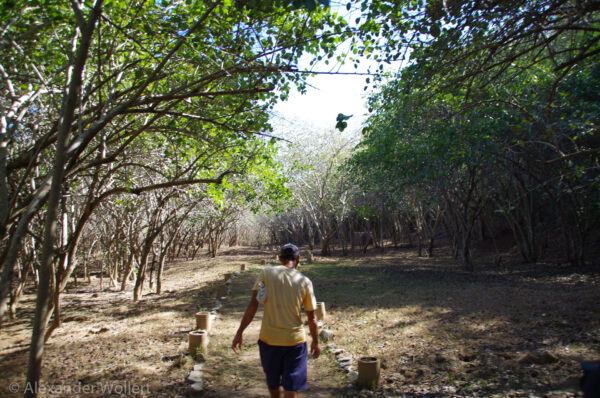



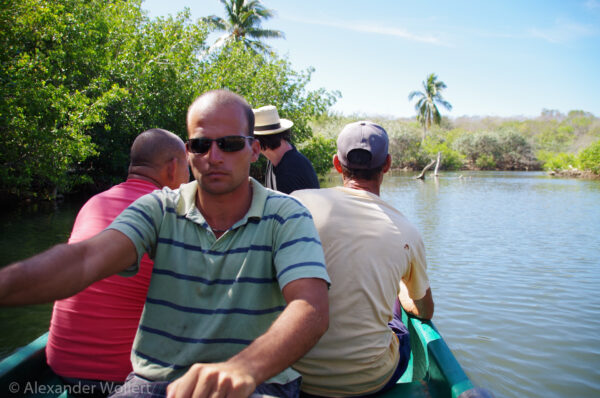



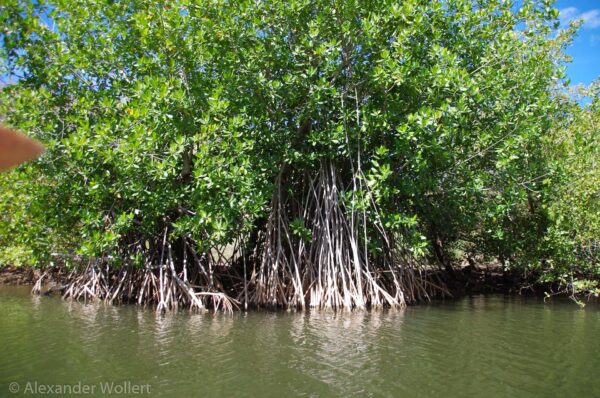
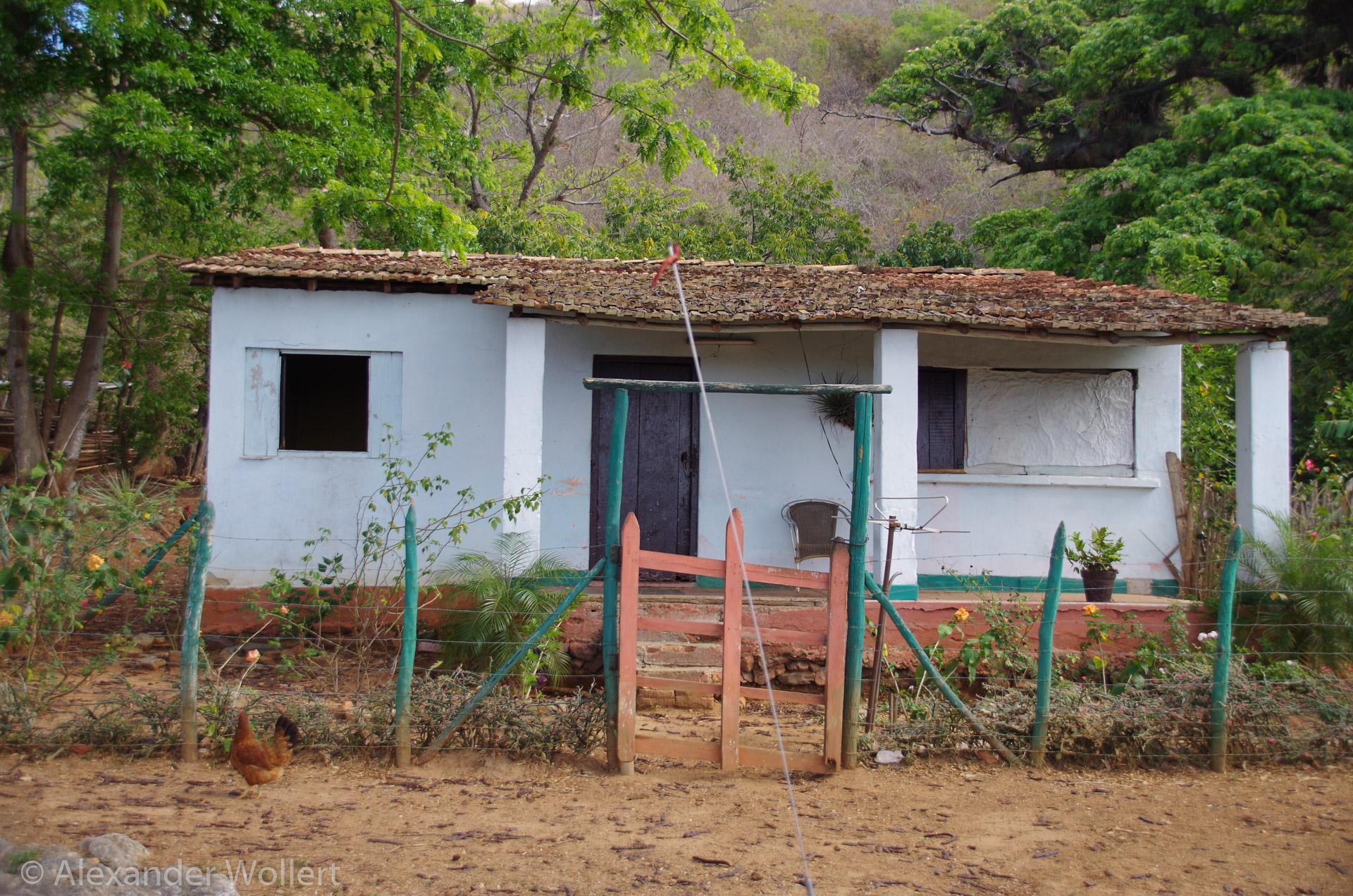
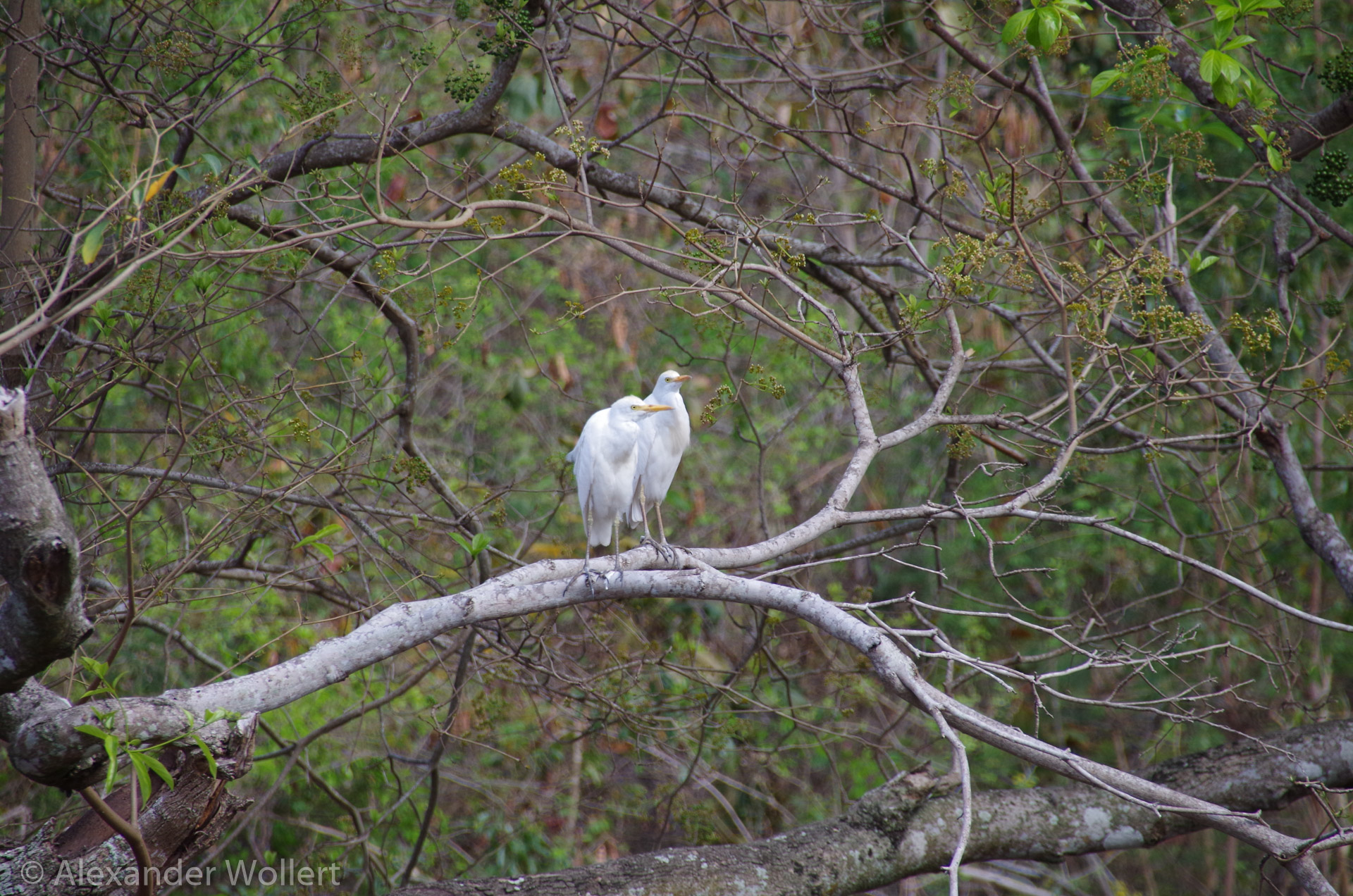
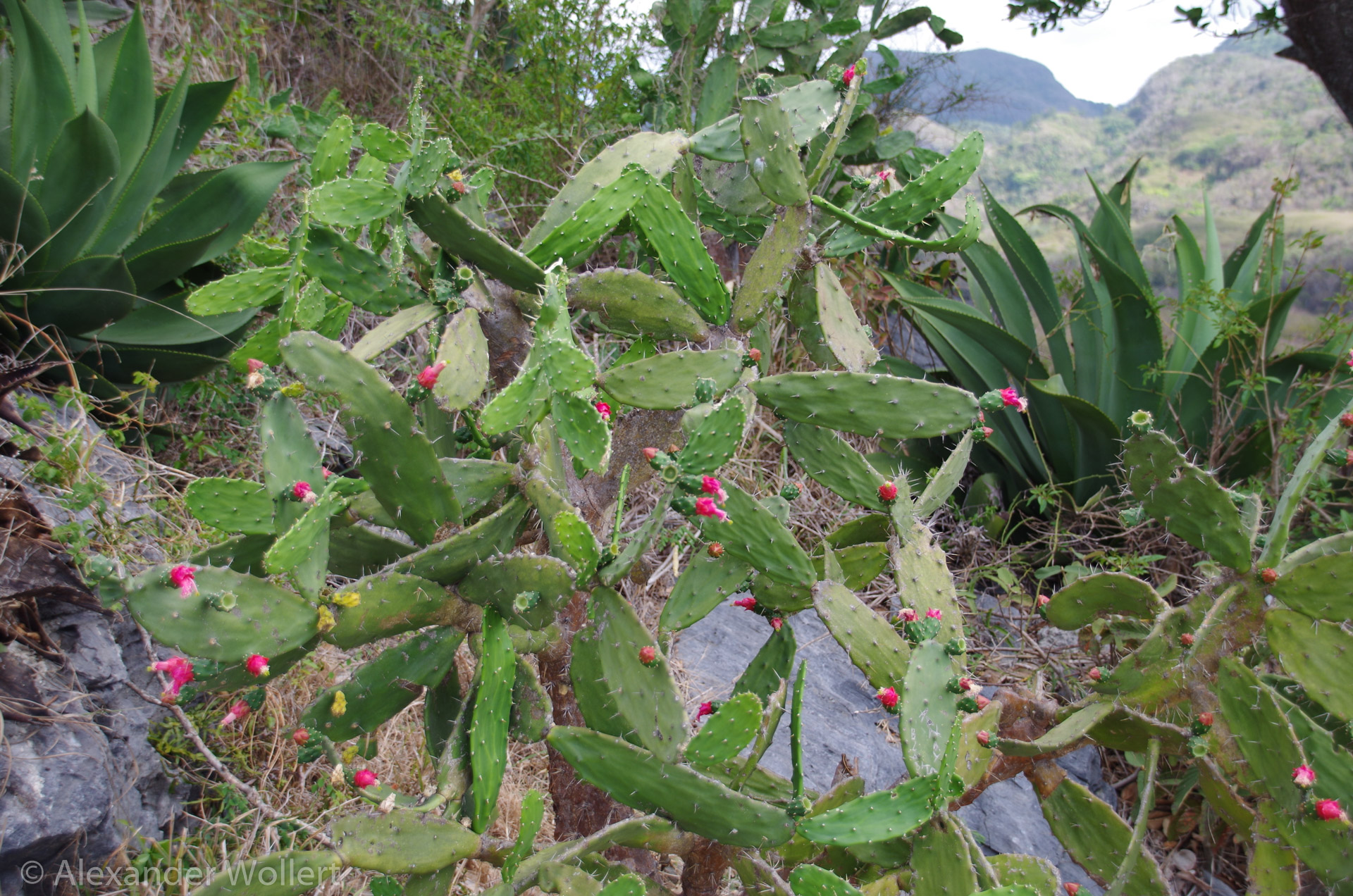
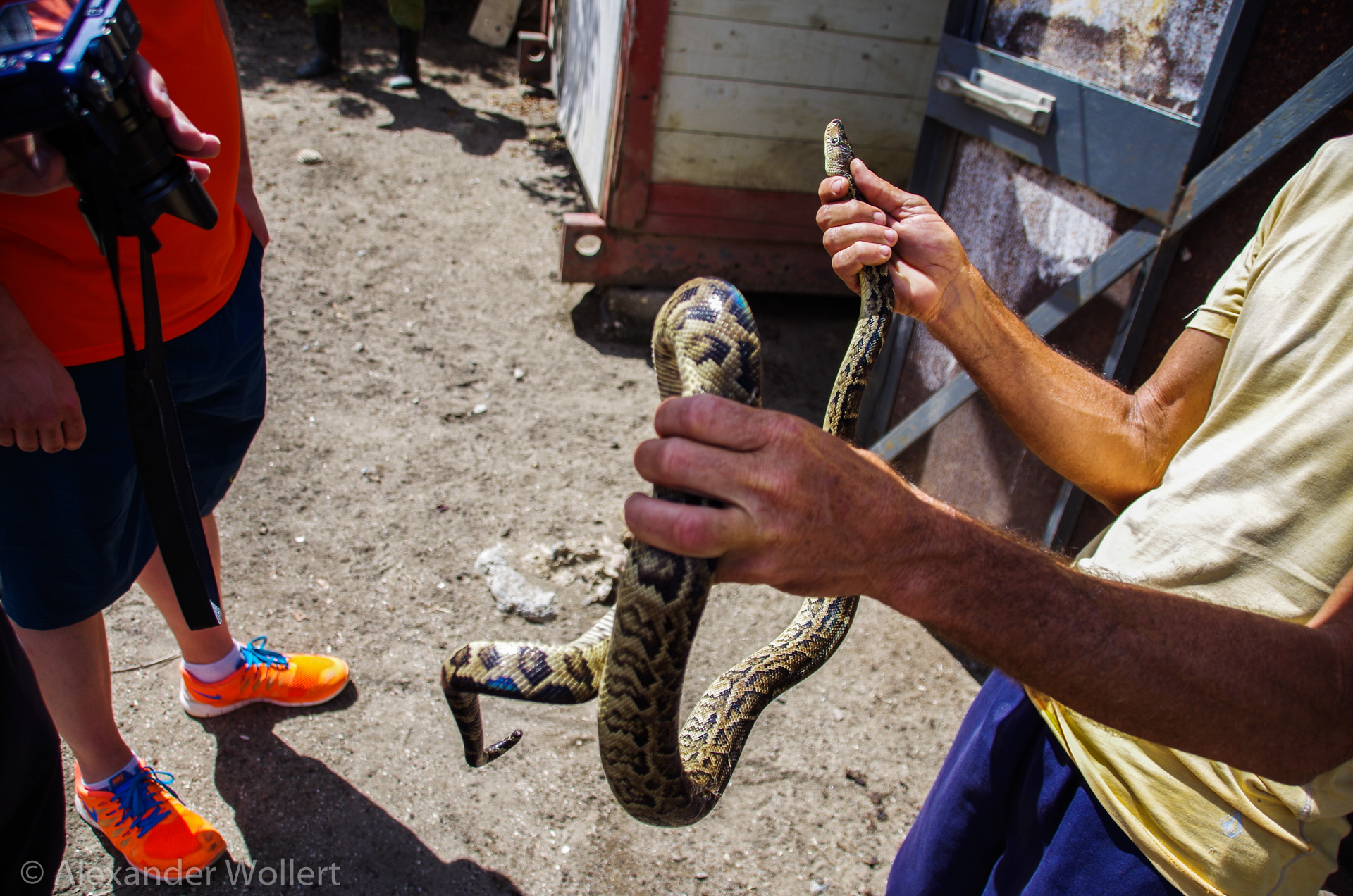

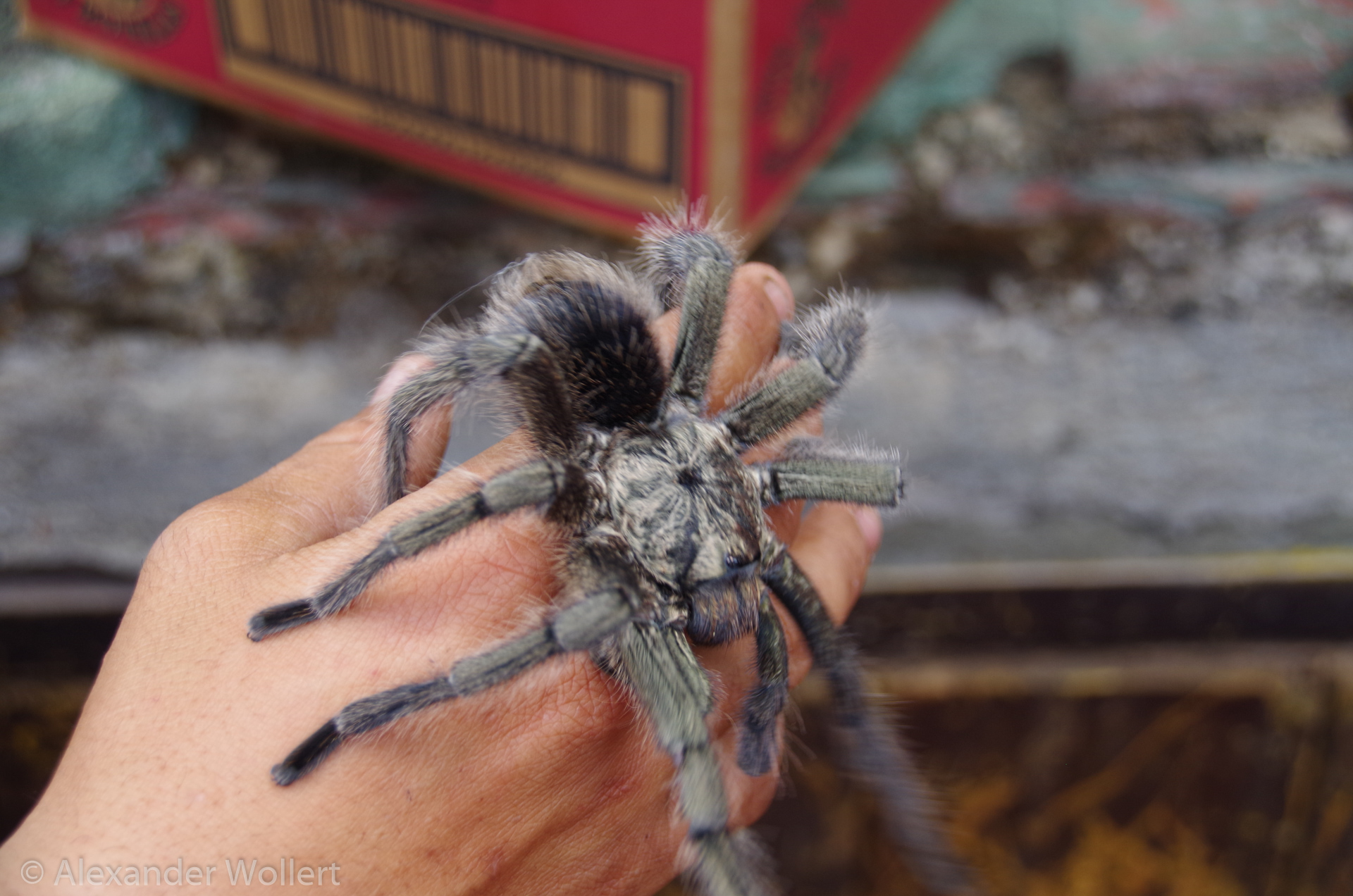


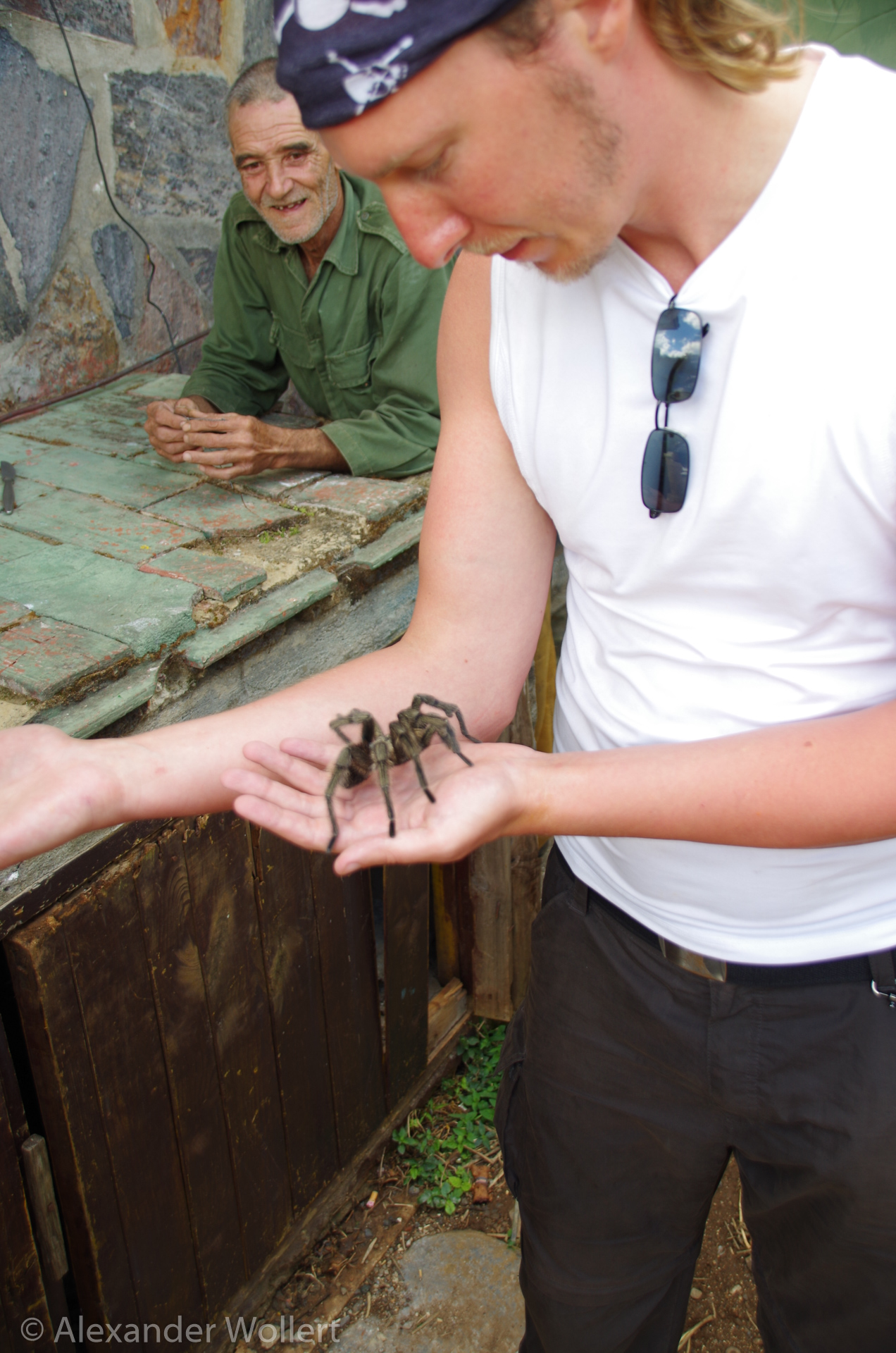
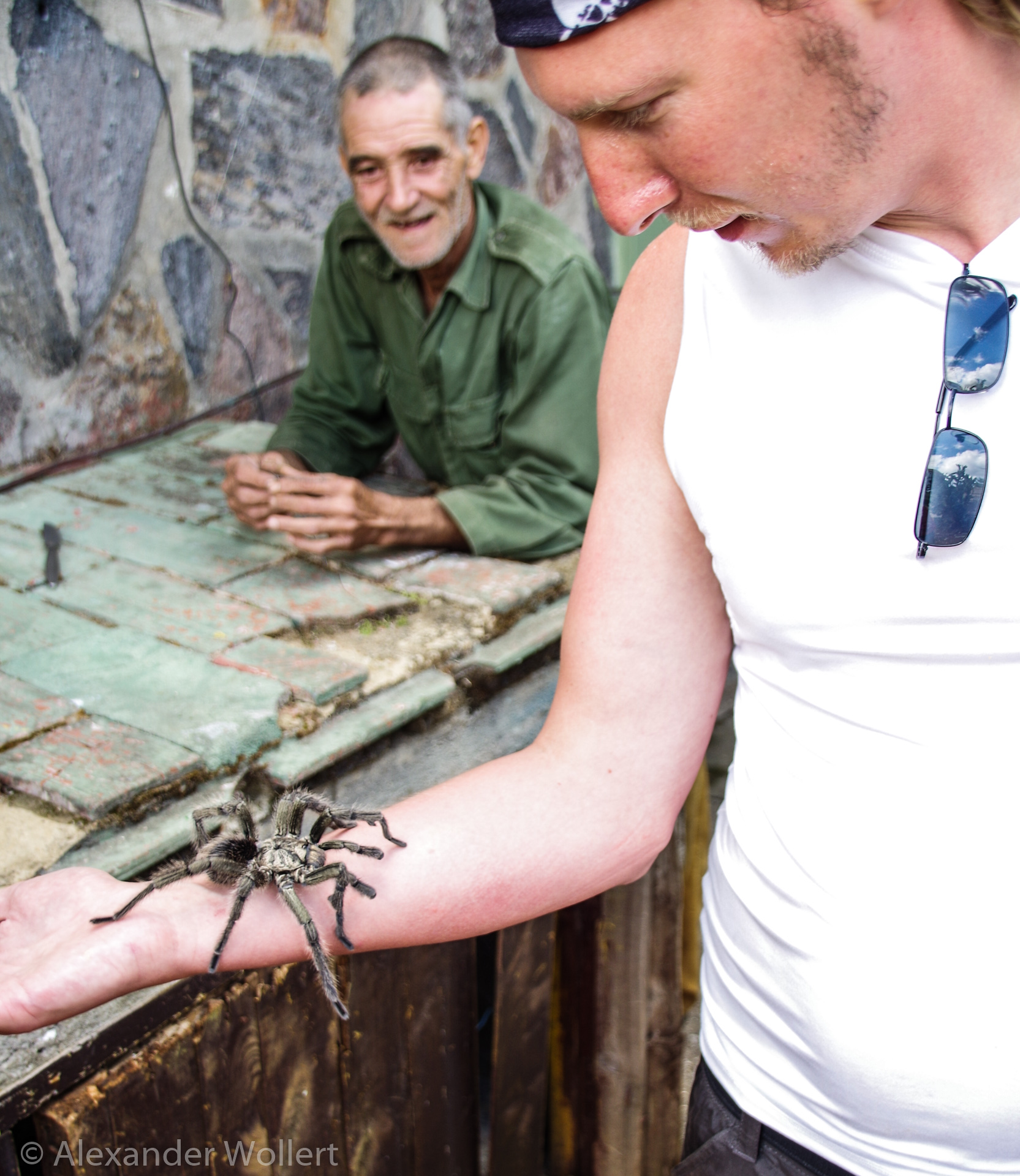
From the mangroves we drive into the mountains. There are a few options for hiking in the Topes de Collantes and a few options for doing so without a guide. Usually “strolling around” in the countryside is forbidden for tourists.
We can walk a fascinating path through the tropical forest, which is quite dry at this time of year, to a hidden waterfall in the valley. The water there feels arctic in contrast to the air and sea temperature, but that doesn’t stop me from diving into the oasis.
The road from the Topes de Collantes to Santa Clara is the most beautiful that we will experience. Our Lada fights its way through the mountains, tropical jungle with a view of the valley with a lake, through gorges with steep cliffs and villages off the beaten track, and goes on strike when the cooling water boils again and the engine oil steams under César’s seat.
